Fencihu Township (奮起湖) in Chiayi County is a popular tourist destination, well-known as one of the stops on the Chiayi (嘉義) to Alishan (阿里山) mountain-line train route. Located at 1,100m above sea level and tucked away 10km off Provincial Highway No. 18 it could easily be bypassed, but that would be a mistake.
On weekends the bustling little town with its old street selling lunch boxes and a variety of local snacks is fun to visit and has the added attraction of a railway museum. Just outside the town on County Road No. 169 hikers will find the starting point for the Fenruei Historic Trail (奮瑞古道), which is easily accessible and a joy to hike.
The trail is seven kilometers one way from Fencihu through to Rueili Township (瑞里) and takes no longer than four hours to hike. If transport hasn’t been arranged for pick up at the other end there is the option of just hiking in for a few kilometers and returning to the point of origin.
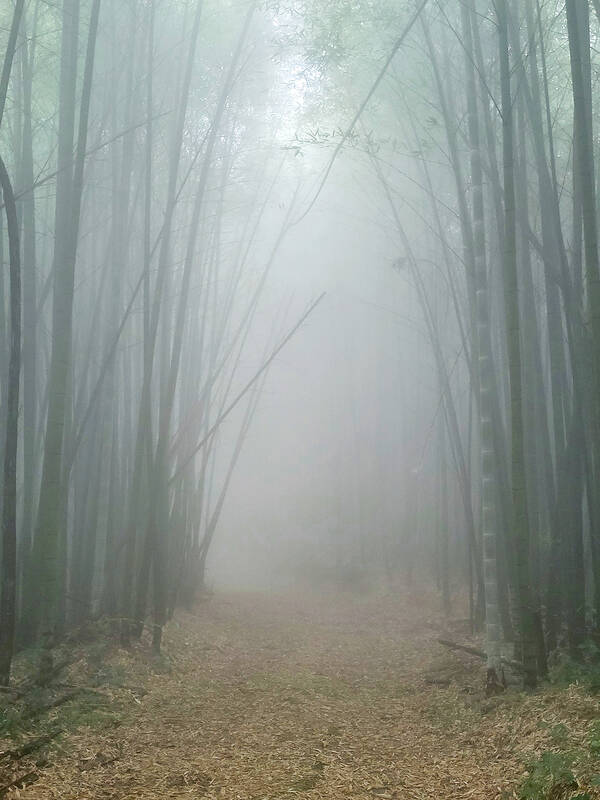
Photo: Mark Roche
TOWERING BAMBOO
The trail begins with a series of wooden stairs followed by concrete steps as the hiker ascends deep into the forest. Soon the noise from the road and town disappears and nature in the form of cicadas and bird song fills the air.
There is lookout platform here with excellent views of Fencihu Train Station and surrounding villages. On a misty afternoon it was like entering an alternate universe as the bamboo towers overhead. Stop for a minute and you can almost hear the voices from the past as goods were trudged up this path or locals traveled to neighboring towns.
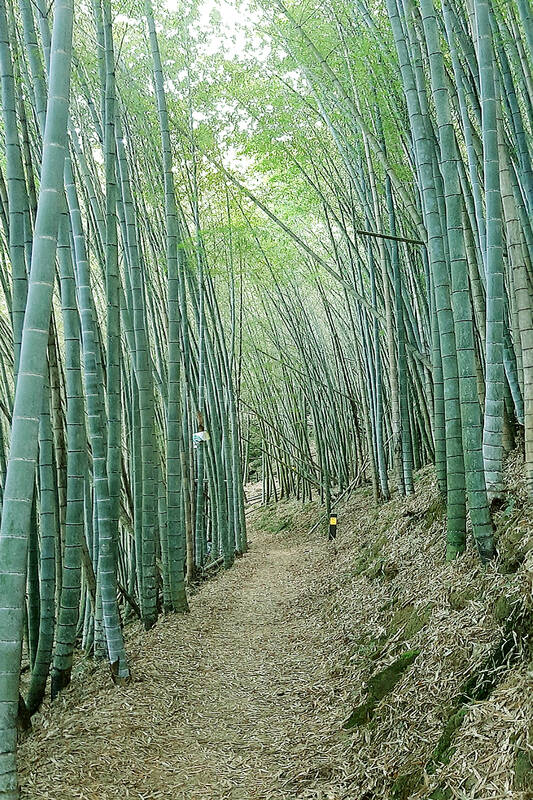
Photo: Mark Roche
There is an indigenous broadleaf forest made up of members of the laurel and beech families. Reforestation areas are predominantly covered by China fir, peacock fir, peacock pine and bamboo.
The trail is not so difficult to hike and there are multiple rest points with benches. Tall trees along the path accompany the hiker all the way. After a few turns and crossing an arch bridge a lush bamboo forest is entered.
STEEPED IN HISTORY
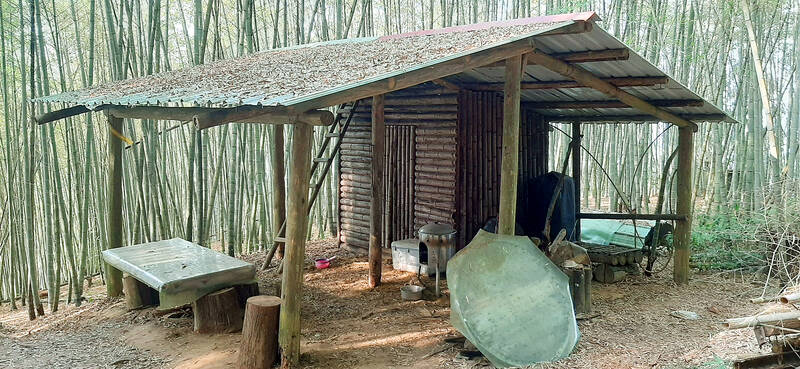
Photo: Mark Roche
The trail ranges in altitude between 1,100m and 1,600m and it has a fascinating history. Its origins date back to the Qing Dynasty (1644 to 1911) when it was established as a road for the residents of Rueili to reach Fencihu.
According to historical accounts, when the first settlers came to this area (around 1797), the area was a settlement of the indigenous Tsou called Haliwei. In the 1870s, Han Chinese settlers and the Tsou chieftains came to an agreement in which the settlers obtained the area in exchange for cloth, salt, knives, pots, matches and guns.
To facilitate transport and agricultural operations with the residents of Taihe Village (太和), Rueili settlers created the first Rueitai Historic Trail (瑞太古道), which is an extension of the Fenruei trail.

Photo: Mark Roche
FROM PAST TO PRESENT
The original trail was very steep, arduous and long. Therefore, in 1931, residents of the surrounding villages joined together to build a new trail, also known as the Rueitai Historic Trail. This trail takes a different route from the original trail because a school had been built and children needed to go between towns to get there.
In 1912, when the Alishan Railway was completed to Fencihu, Rueili residents could take the train from there to Chiayi City. They would take bamboo stems, bamboo shoots, palm leaves and climbing fig harvested in the mountains to Fencihu, where they could be sold for cash. Local Cinnamomum kanehirae (a type of camphor wood), which was used in the manufacture of cartwheels, was also cut and transported to Chiayi for sale.
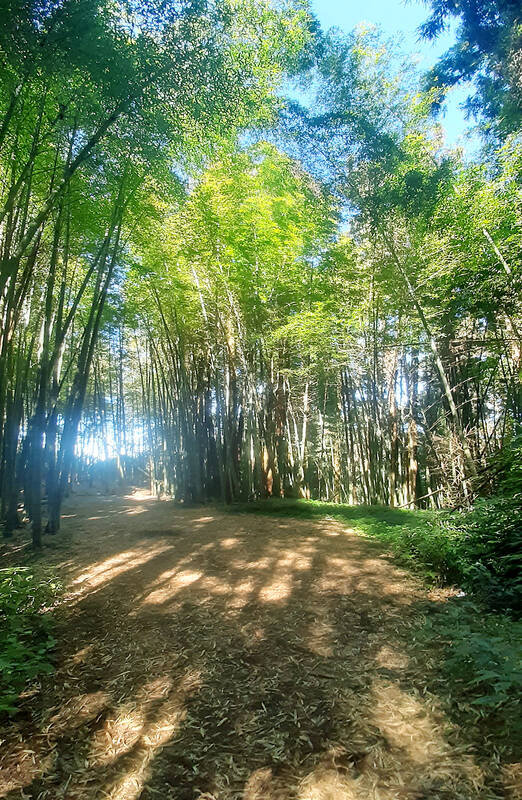
Photo: Mark Roche
In 1999, the trail system of the area was enhanced when the Chiayi office of the Forestry Bureau expanded it for outdoor activities.
LOST IN A FOREST
The Forest of Forgetting Sorrow (忘憂林) is one of the trail’s foremost attractions. The sound of the bamboo rustling in the breeze, or the golden light filtering through its leaves, ushers the hiker into an other-worldly environment.
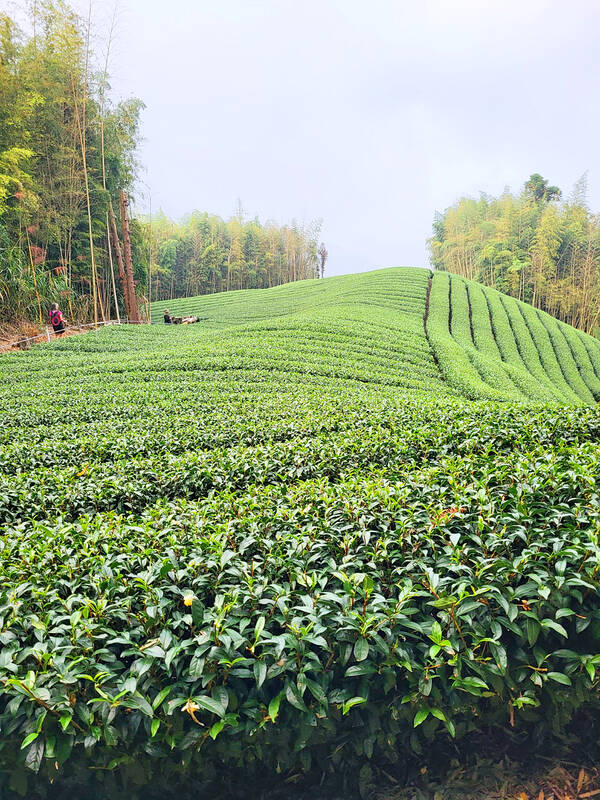
Photo: Mark Roche
The area is the habitat of a wide range of animals, including over 30 types of birds, Formosan squirrel, macaques, insects and lizards. I was lucky on this particular occasion to get a sighting of a Swinhoe’s pheasant.
It would be well worth while to hike through and get lunch or dinner at Teapot Restaurant (瑞里茶壺民宿、餐廳), which is 2km down the road from the exit of the trail at Rueili. It’s a popular restaurant and the perfect way to end the day, but better to call ahead for a reservation.
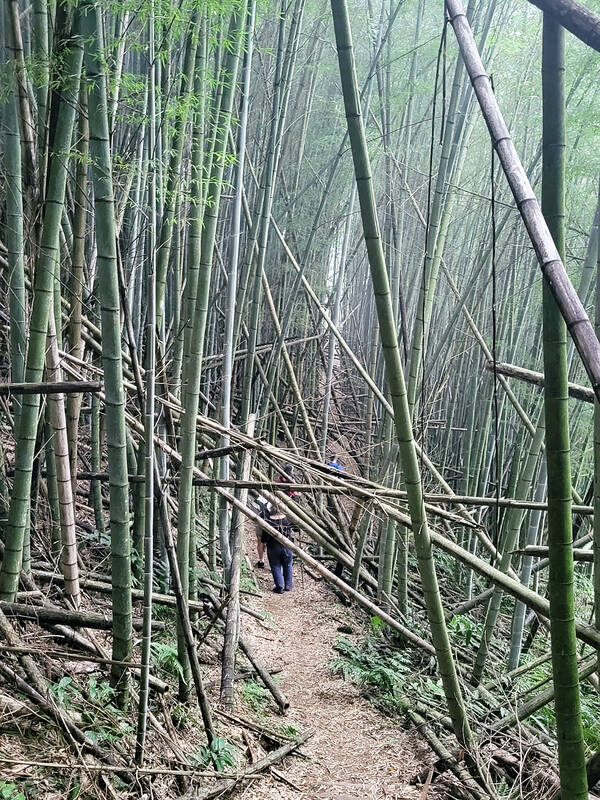
Photo: Mark Roche
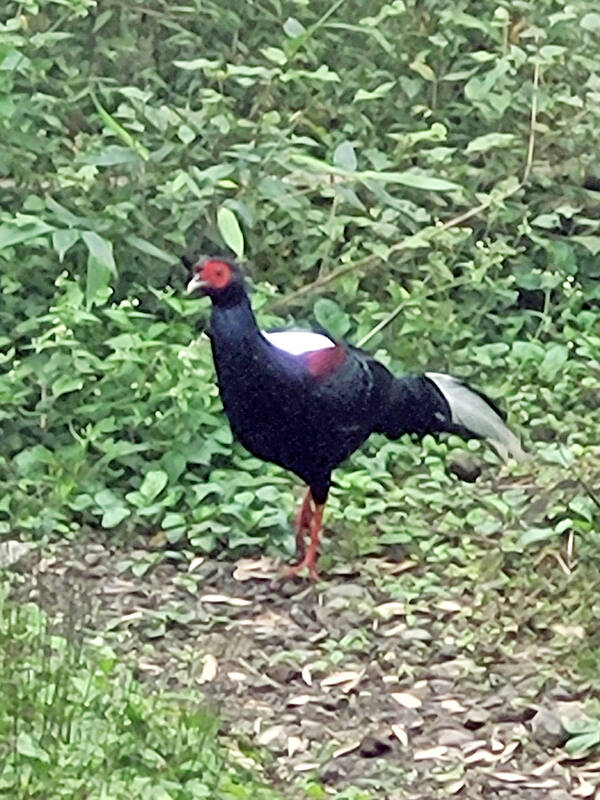
Photo: Mark Roche

Cheng Ching-hsiang (鄭青祥) turned a small triangle of concrete jammed between two old shops into a cool little bar called 9dimension. In front of the shop, a steampunk-like structure was welded by himself to serve as a booth where he prepares cocktails. “Yancheng used to be just old people,” he says, “but now young people are coming and creating the New Yancheng.” Around the corner, Yu Hsiu-jao (饒毓琇), opened Tiny Cafe. True to its name, it is the size of a cupboard and serves cold-brewed coffee. “Small shops are so special and have personality,” she says, “people come to Yancheng to find such treasures.” She

Late last month Philippines Foreign Affairs Secretary Theresa Lazaro told the Philippine Senate that the nation has sufficient funds to evacuate the nearly 170,000 Filipino residents in Taiwan, 84 percent of whom are migrant workers, in the event of war. Agencies have been exploring evacuation scenarios since early this year, she said. She also observed that since the Philippines has only limited ships, the government is consulting security agencies for alternatives. Filipinos are a distant third in overall migrant worker population. Indonesia has over 248,000 workers, followed by roughly 240,000 Vietnamese. It should be noted that there are another 170,000

Hannah Liao (廖宸萱) recalls the harassment she experienced on dating apps, an experience that left her frightened and disgusted. “I’ve tried some voice-based dating apps,” the 30-year-old says. “Right away, some guys would say things like, ‘Wanna talk dirty?’ or ‘Wanna suck my d**k?’” she says. Liao’s story is not unique. Ministry of Health and Welfare statistics show a more than 50 percent rise in sexual assault cases related to online encounters over the past five years. In 2023 alone, women comprised 7,698 of the 9,413 reported victims. Faced with a dating landscape that can feel more predatory than promising, many in

Former Chinese Nationalist Party (KMT) chairwoman Hung Hsiu-chu’s (洪秀柱) attendance at the Chinese Communist Party’s (CPP) “Chinese People’s War of Resistance Against Japanese Aggression and the World Anti-Fascist War” parade in Beijing is infuriating, embarrassing and insulting to nearly everyone in Taiwan, and Taiwan’s friends and allies. She is also ripping off bandages and pouring salt into old wounds. In the process she managed to tie both the KMT and the Democratic Progressive Party (DPP) into uncomfortable knots. The KMT continues to honor their heroic fighters, who defended China against the invading Japanese Empire, which inflicted unimaginable horrors on the